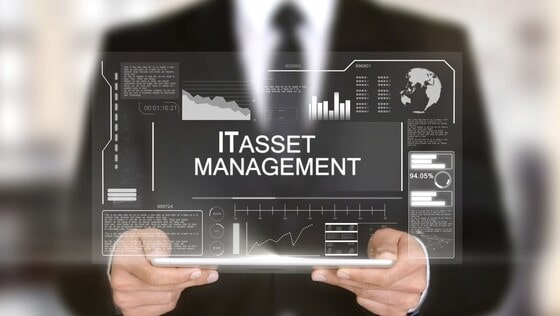The Importance of IT Asset Management in Security
IT asset management is a crucial component to the foundation of cybersecurity operations across businesses of all types.
What is IT asset management?
IT asset management is the process of continuously identifying the IT assets that your organization utilizes and the potential security risks that affect each one.
Assets could be traditional devices, like desktops and servers, or they could be specialized IoT, Internet of Medical Things (IoMT), industrial internet of things (IIoT), or software-defined resources, like a company-owned domain or a cloud-based database.
Any device, resource or service that exists within your IT portfolio could be vulnerable in case of a cyber-attack and can lead to a breach of the individual connected device, and probably your entire network, in case attackers use one compromised resource as a starting point to launch a broader attack.
Why is it important?
Asset management will empower your entire organization with the visibility it needs to build a comprehensive IT security strategy that mitigates threats quickly and proactively. Such an approach delivers many benefits:
With a strong IT asset management process in place, businesses can deploy new IT services or resources without letting security become a problem because their cybersecurity asset management process will catch potential vulnerabilities.
Secondly, IT asset management helps ensure that security teams detect threats before they escalate. By continuously monitoring your IT portfolio for new deployments and risks, teams don’t have to wait until they detect an active attack to respond.
Thirdly, if an attack does occur, asset management will provide the security team with an inventory of assets and risks that the team can use to gain context, to understand what went wrong and when. Teams have an up-to-date record that they can refer to immediately.
IT asset management places organizations in a stronger position to identify and quickly react to security risks. Although it is only one component of an effective cybersecurity strategy, it’s impossible, in most cases, to apply a proactive security strategy without asset management in place.
Poor IT asset management
Lack of asset management, or poor implementation of it creates a huge risk for the overall business. When data or systems are made unavailable by a breach, the business may not be able to operate. Not only will such disruptions harm the organization’s reputation, but they also have serious financial consequences: IT downtime costs businesses around $5,600/minute, on average.
Poor IT asset management also makes it difficult to maintain an accurate inventory of IT resources. Without knowing what exists where, your team will have to guess about where the most serious risks lie, which is a poor use of time and money.
Keystones of the process
IT resources and security risks come hand in hand and in so many forms. IT asset management is a process that involves a range of activities that vary from one business to another depending on the types of assets at stake. Following are the keystones of the process.
Vulnerability management: asset management helps detect and address vulnerabilities, as for instance outdated software running on a connected device.
Cloud security: IT asset management includes the identification of cloud resources that are vulnerable due to unpatched software, poor configuration, lack of access control, etc.
Device discovery and protection: identifying network endpoints and assessing each one for vulnerabilities, the cybersecurity team can take the necessary steps to address the issues in a timely manner. As for instance, to isolate the insecure endpoints until the issue is fixed.
Incident response: providing the incident response team with the information it needs to determine the cause of the incident and to quickly remediate.
Cybersecurity policy enforcement: if a resource violates security policies that your IT security team has defined, asset management enables quick discovery and remediation of the issue. When new resources are added to the network that match a particular device profile and security policy, they are automatically protected.
The reality is that all the resources described above change frequently. So, network devices may come and go as application instances spin up and cloud services may change their configurations continuously as they scale. Therefore, IT asset management processes must be performed regularly, in real-time, to keep up to date with evolving environments.
Conclusion
IT asset management is the foundation of a proactive, end-to-end security strategy. It plays a major role in security operations across a variety of verticals. It’s vital not just for software companies, but for any organization that relies on software and hardware to power its daily operations, which almost every business does today, because almost every company is now a technology company.



